Here's Why You Should Use Compression Socks for Spider Veins
june 12, 2023 | 3 Mins Read
TABLE OF CONTENTS
1. Understanding Spider Veins and Their Causes
2. Do Compression Socks Help Spider Veins?
3. Can Compression Socks Reduce the Appearance of Varicose Veins?
4. What Level of Compression Socks Do I Need for Spider Veins?
5. How Long Should Compression Socks Be Worn for Spider Veins?
6. How to Wear Compression Socks for Varicose Veins?
7. What Other Home Remedies Can You Do to Alleviate Spider Veins?
Do you ever notice those tiny, deep-colored veins on your legs that resemble intricate tree branches or a delicate spider's web? They can be quite bothersome. There's a solution that can help alleviate this issue and improve your leg health: compression socks designed specifically for spider veins.
Spider veins and varicose veins are both the result of weakened or damaged veins, although varicose veins are typically larger in size. These veins are visible from the outside and commonly occur in the legs. Spider veins often appear as thin lines, webs, or branching patterns in shades of blue, purple, or red.
Spider veins in the legs develop when the valves inside the veins fail to function correctly. Veins have the crucial role of carrying blood back to the heart. To prevent blood from flowing backward, they are equipped with one-way valves that close once the blood passes through.
However, when these valves weaken or sustain damage, they fail to close properly, leading to a disruption in the blood flow and subsequent pooling inside the vein. As time passes, this pooling of blood causes the vein to dilate and branch out, resulting in the formation of spider veins.
Several factors contribute to the development of weakened or damaged valves and the subsequent occurrence of spider veins:
The graduated pressure applied by the compression socks helps to compress the dilated superficial veins. This strategic pressure gradient aids in pushing the blood upward, counteracting the force of gravity. As a result, blood is less likely to stagnate in the veins, reducing the appearance of spider veins and relieving associated symptoms.
When it comes to addressing spider veins, varicose veins, leg swelling, and post-surgery recovery, medical-grade compression socks can play a significant role. A commonly recommended compression level for these conditions is 20-30 mmHg. This level of compression strikes a balance between providing adequate pressure to support healthy blood circulation and minimizing discomfort for the wearer.
We recommend wearing compression socks throughout the day, especially during activities that involve prolonged standing or sitting. If you've undergone sclerotherapy treatments, we suggest maintaining compression for about two weeks. This will minimize the swelling and bruising due to the treatment. For minor surgeries such as vein litigation and stripping, we advise wearing compression socks for about 6 weeks.
Putting on compression socks can be challenging, especially for individuals with limited mobility or swollen legs. Here are some tips to make the process easier:
In addition to wearing compression socks, several home remedies can complement the management of spider veins:
Expert tip:
Exposure from the sun can cause spider veins on your skin. The harmful UV rays can cause the collagen to break down and damage your blood vessel just the same.
Aside from wearing medical compression socks, the following medical treatment options are available for spider veins:
Sclerotherapy is the most commonly used treatment for leg veins, and dermatologists have made significant advancements in this procedure over the years, ensuring safer and more effective results. Sclerotherapy is a preferred method for treating spider veins and small varicose veins.
Here's what you can expect during a sclerotherapy treatment session:
Dermatologists use lasers to target spider veins and small varicose veins. Laser therapy destroys the vein without damaging the surrounding skin. Multiple sessions may be required for complete clearance.
These newer treatments involve using lasers or radiofrequency energy to seal and close off problematic veins. They are effective for larger varicose veins and can often replace the need for surgical removal.
At Koprez®, we offer the best medical compression socks for spider veins. Our high-quality compression garments are designed with the following features:
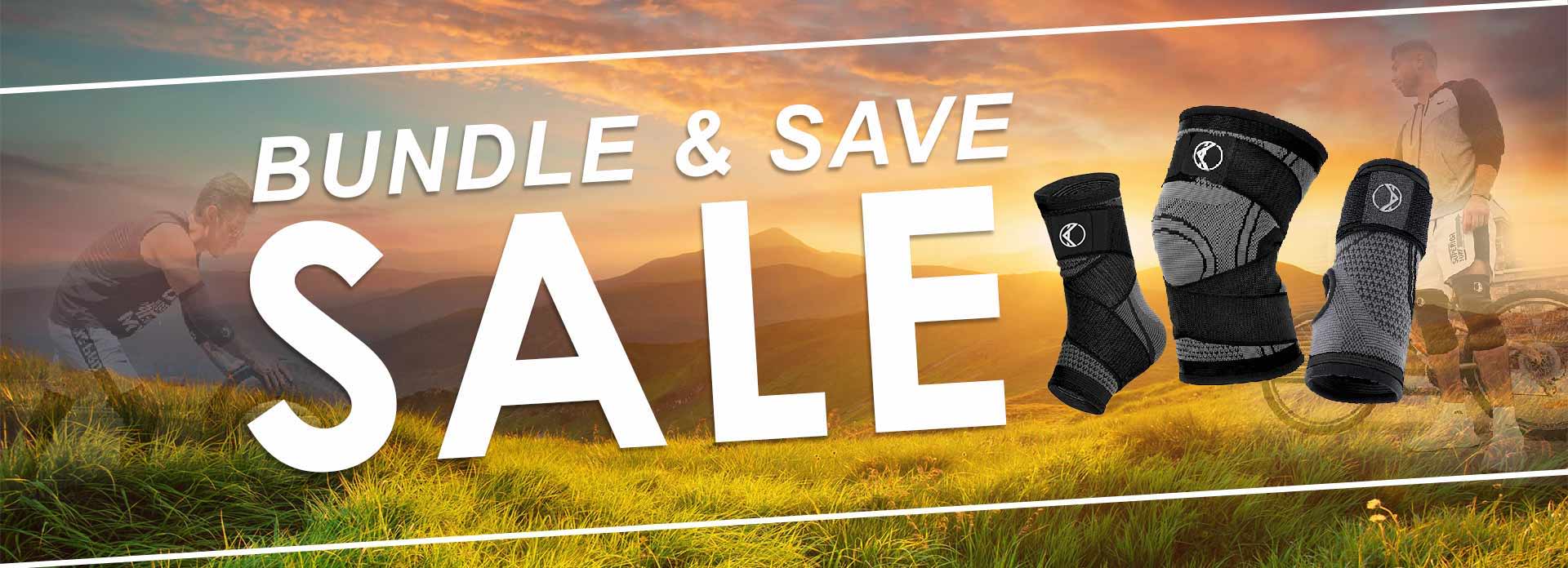

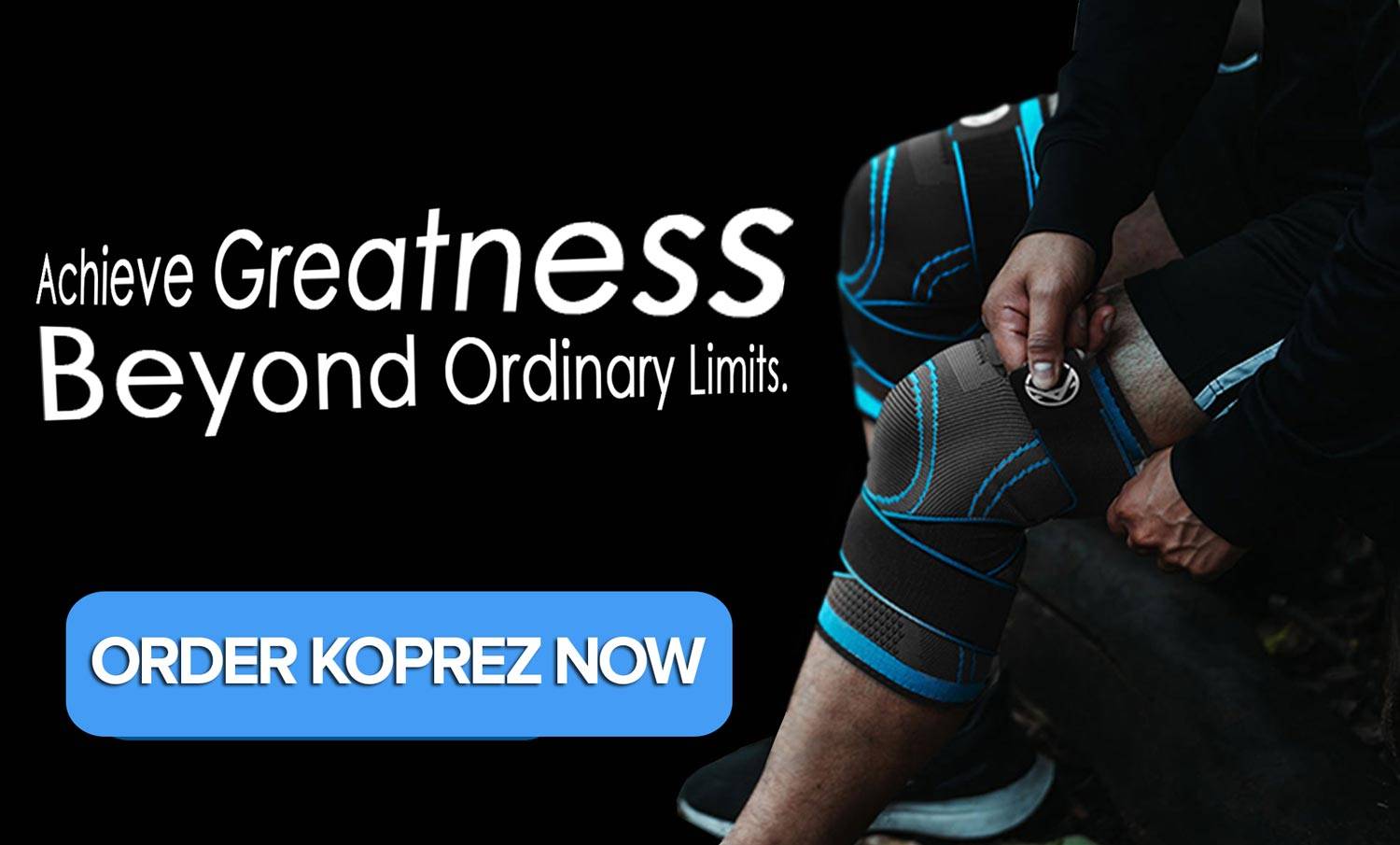



References
Author

Claire Evans worked as the content marketing manager at Koprez. Claire combined a background of writing and editing, marketing, and patient education to best serve consumers, fitness enthusiasts, athletes, and anyone who relies on the Koprez brand for helpful information.
Koprez® Featured Products
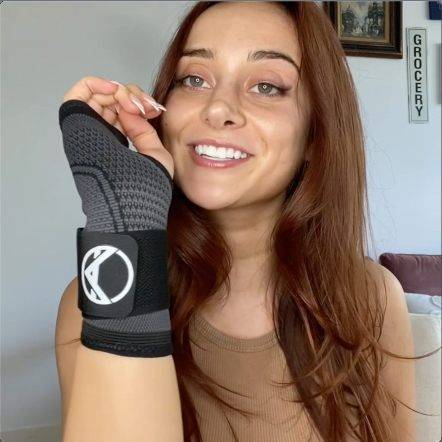
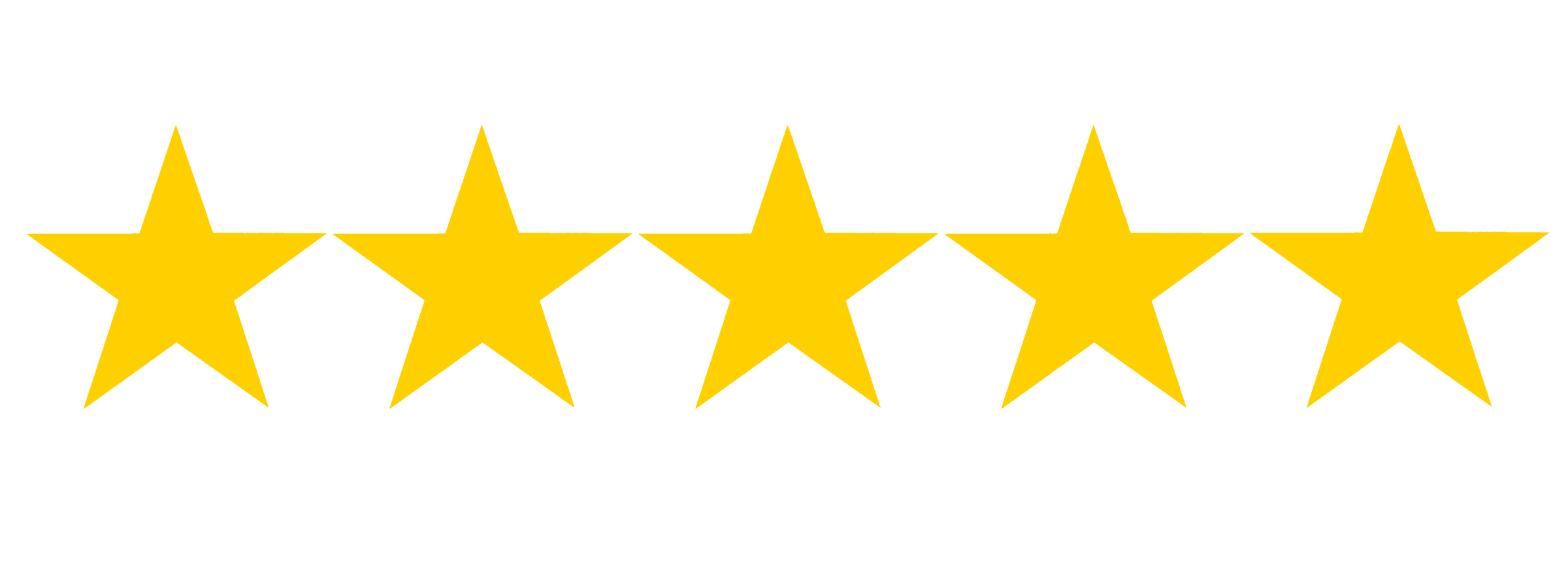
"I sprain my wrist super often, so I decided to try out this sleeve. This is game-changing! I've been using it for a while now, and my wrists feel amazing. I haven't gotten in any injuries since using it too. It just makes my wrists feel so supported."
Alexis A.
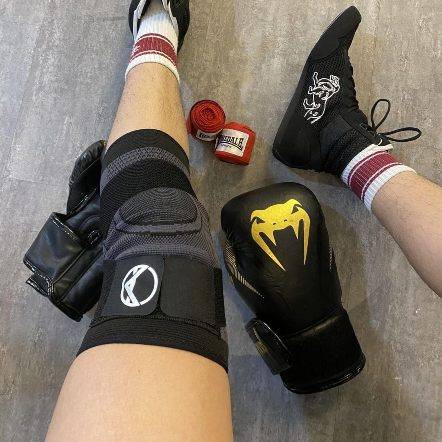

"Use this for my boxing training. It is a very comfortable brace and does not move out of position during skipping ropes and sparring sessions. I use it while running too. Probably the best brace I've purchased throughout the years. It is very flexible. Makes me look like a pro! :)"
Samuel L.
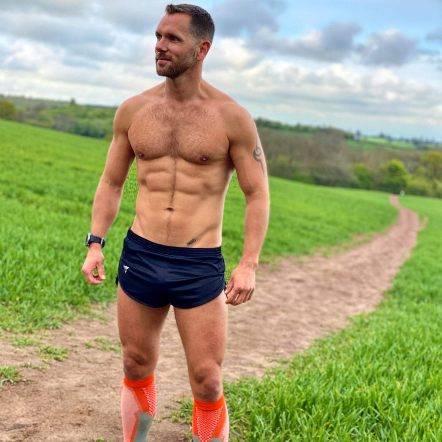

"I've just got back to running after a couple of years of being plagued by injury. These compressions socks are helping give me peace of mind while I build up my distance again. They are the perfect level of compression, super comfy, and very high quality. Feel great while on a run, and looks great in the orange colour I have!"
Dave R.
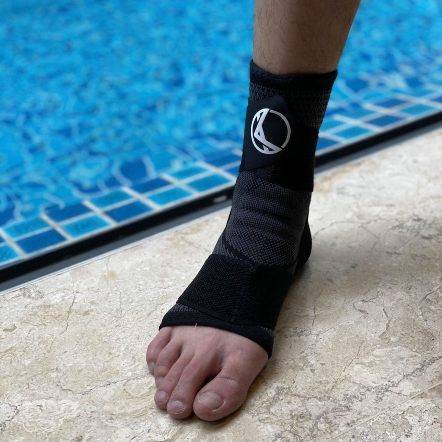

"I have a weak ankle, and the Koprez ankle sleeve has been a lifesaver. Wear it every day. Super breathable and comfortable. Like wearing a cool sporty looking sock!"
James F.
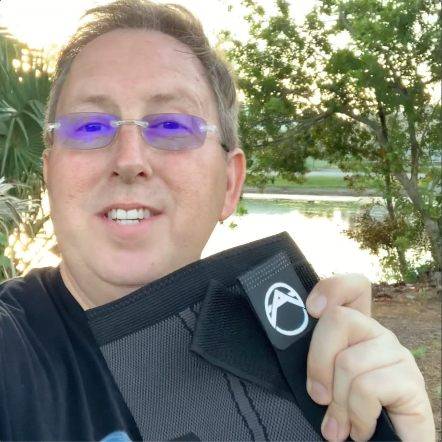

"This is the best knee sleeve I've ever tried. It's now a must-have for all my exercises. A few years ago, I had an accident that damaged my knees, but with Koprez I can be active again with no knee pains at all. It's been truly amazing!"
Alex M.
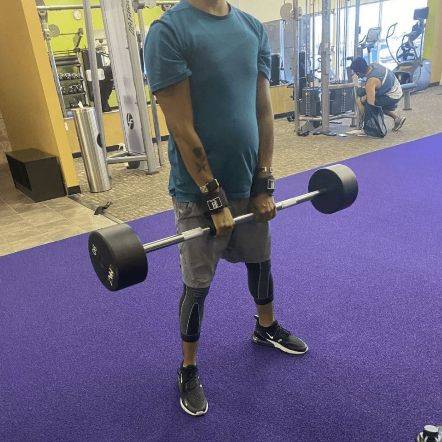

"One of the best purchases I've ever made. It fits your legs all the way from top to bottom, great snug fit, gives you support and definitely helps during rehab and training."
Rafael A.
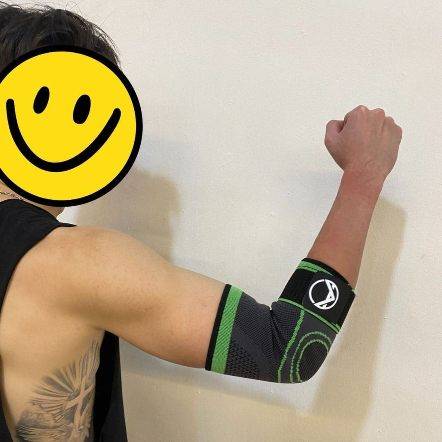

"I had a minor elbow injury, and Koprez sleeve was super supportive and definitely helped me recover faster. I still use the sleeve to prevent further injury. So far, so good. Very comfortable and does not feel hot at all. Highly recommend!"
Corey B.
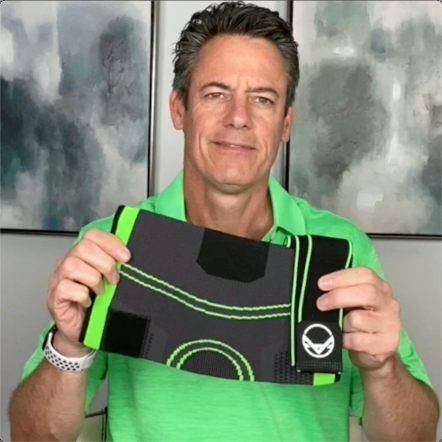

"It's really been a game-changer for me. It allows me to exercise a lot longer than I used to. Now my knees don't hurt, and they're not uncomfortable at all."
Mike P.


"Great product!!"
Harold
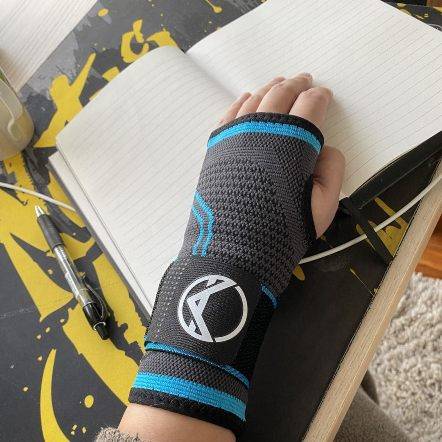

"I have carpal tunnel, and this brace has helped me work pain-free. Love the materials, and I can feel my wrists slowly getting better, even when I don't wear them!"
Christopher J.
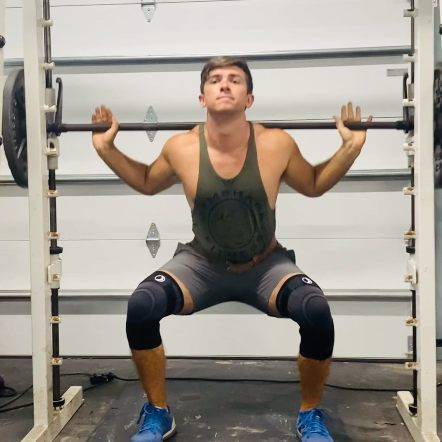

"I wanted to try out these sleeves to improve my squats and deadlift in the gym without worrying about injuring my knees. They stayed up throughout the entire gym session, and my knees feel super supported. Now I can do what I love for years to come. "
Corbin C.